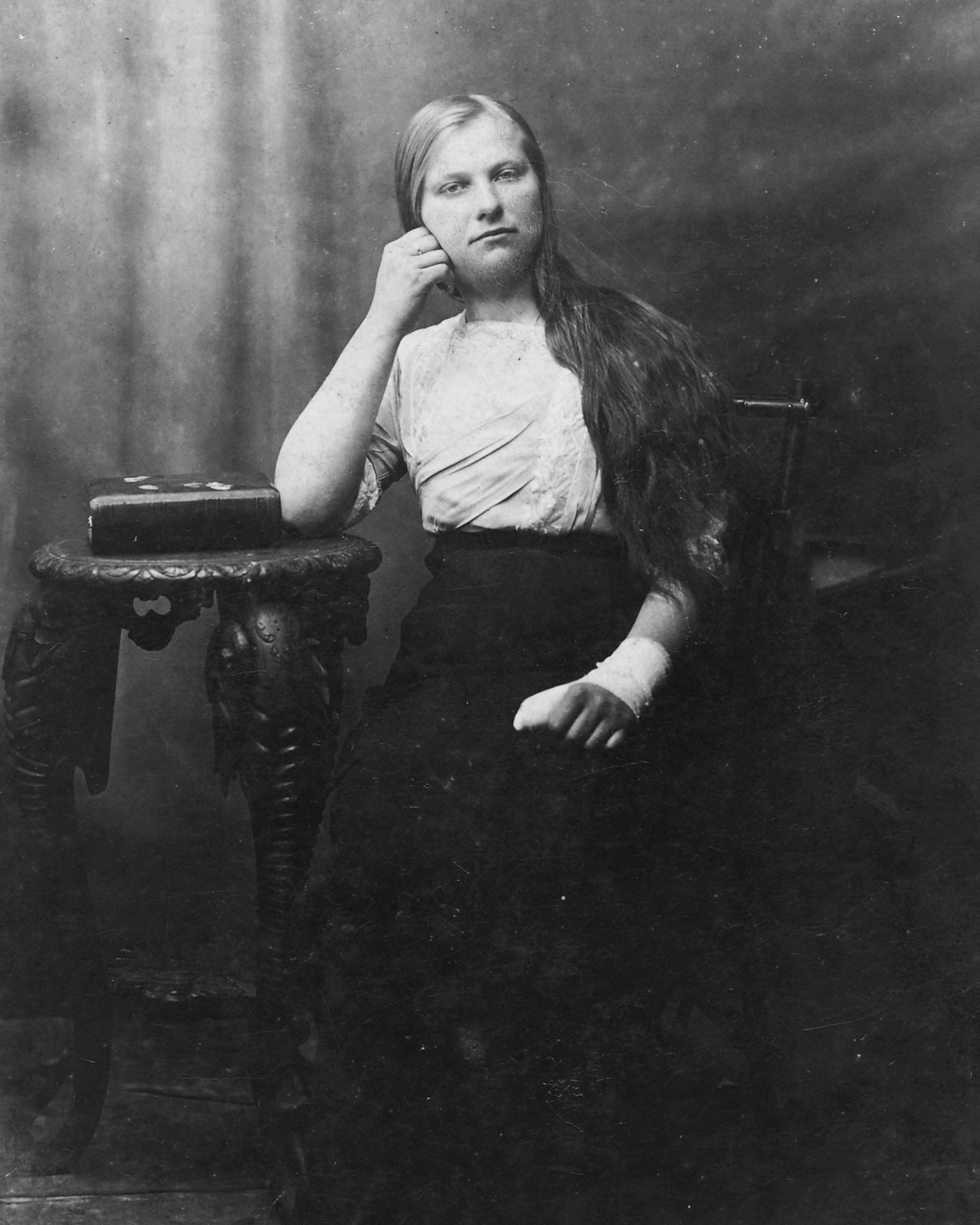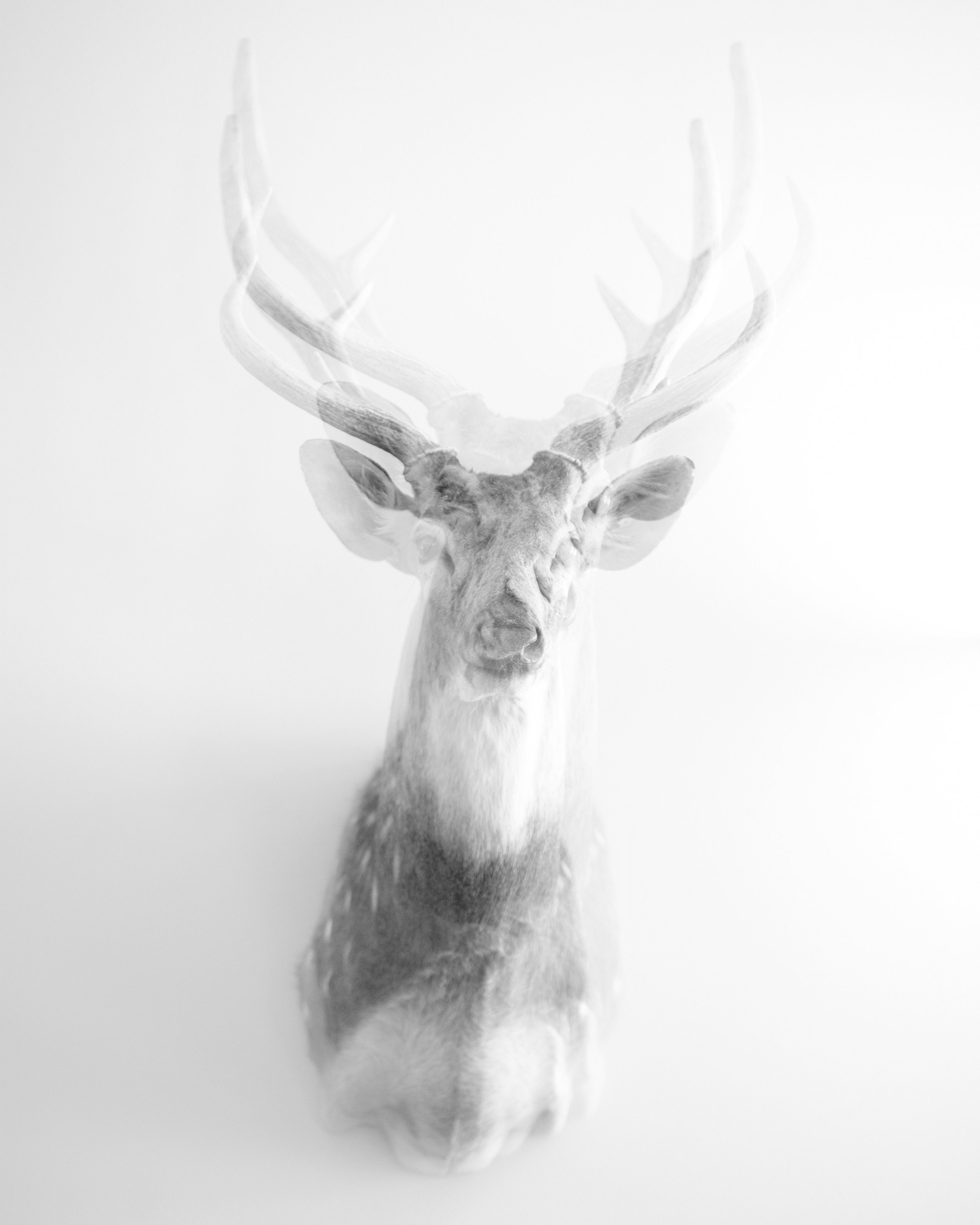

My father wanted to be a pilot. In 1961 he wrote a letter applying to a pilot training programme in Omsk, Siberia, 3786km away from his home village of Daukšiai. He got a letter back stating that he is already too old to enroll. After two more attempts in Kharkiv and Moscow he got accepted and enrolled into Volgograd Higher Investigative School.

May 1932, Progymnazium pupils boating along Švėtė river near M. Strulis mill. The origin of the river’s name Švėtė is linked to the words “švytėti, šviesti”, meaning “to shine”. This is the river where Vincas used to heard two cows in between school to earn some extra money. Enjoyed by once one of the largest towns in Lithuania, today the river witnesses a dwindling population of barely 1300 inhabitants.
With a kind permission by the Aušros museum in Šiauliai, Lithuania.

River Švėtė in May 2024.

The memory of the 6km my father had walked to school and back every weekday has been aired around our kitchen table on countless occasions. The 12 landscapes mark his footsteps I decided to retrace in May 2024 and walk between Daukšių village and Žagarė Manor where the Progymnazium used to be.
He was the only one of the three siblings to finish his studies and get the full school education.


Left - My grandfather Vincentas Arlauskas looking at me. We have never met in real life.
Right - My cousin Rimas Arlauskas. Rimas is a renouned folk artisan master weaver. Grandpa Vincentas taught him how to weave baskets and he still keeps the very first one they made together in his attic. Once I asked Rimas what kind of a person Vincentas was. He paused and I could see his eyes glisten. He said Vincentas was a quiet kind and loved sitting in his garden listening to the bees. He used to have a cherry orchard and they used to pick cherries into suitcases together and trade them accross the border in Latvia. Vincentas was also the only person in the district who had a heavy duty plough which serviced the three neighbouring villages. The cherry orchard is long gone, so is the plough or any evidence of it, and only a story remains.

The sky behind the sunflower in my cousin’s garden.

Sunflower in my cousin’s garden.

In springtime 2024 the whole district of Joniškis saw the biggest storm of the last couple of decades. The dandelion field right next to this Žagarė churchyard had become the place for the unfortunately untimely death of a young teenage girl struck by lightning.

1915m. From the personal archives of P. Rakickas, with a kind permission by the archive collector Leonas Karaliūnas.

Vilija Arlauskienė is the teacher of the Lithuanian language at Žagarė Gymnazium. She is deeply imbeded in the community and is one of the few keepers of local stories and urban legends. She should be retiring next year, but the school is asking her to stay as it is difficult to find a replacement due to a dwindlling population.

A prized deer on the trophie wall of Žagarė Manor which housed the Žagarė Progymnazium where Vincas went to school. Now home to an impressive hunting collection of Viktoras Zažeckis and a history and culture museum.

The trophie wall of the current Žagarė Progymnazium.

Young pupils of the Žagarė Gymnazium getting ready to perform at Mother’s Day concert which is celebrated on the first Sunday of May. On the day the concert hall was full. Alongside Žagarė Cultural Centre the school remains one of the main keepers of local tradition, archive and various cultural and social activity.



My father Vincas and the lilac blossoms outside of our apartment in Šeškinė, Vilnius, May 2024.

Vincai, remember Rimantas with
whom you used to dream so much.
1961, June 3rd, Joniškėlis
